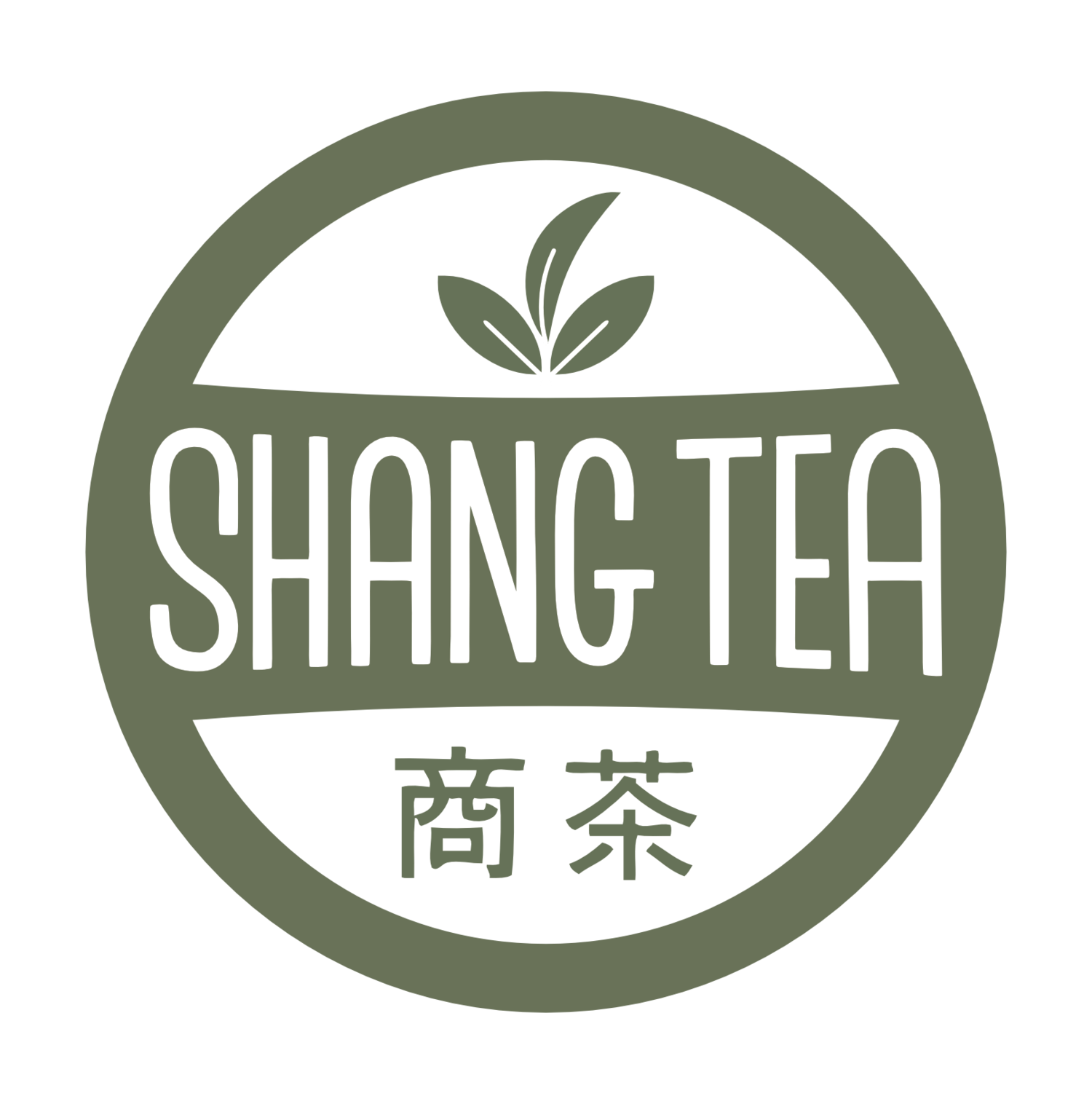The History of White Tea
The history of white tea is like a complex puzzle. As you begin to investigate, you can see pieces of the puzzle, bits of the tradition and history here and there, but not the complete picture. The internet is filled with hundreds of different resources about the history of white tea, its health benefits, and how white tea is produced, but a lot of the information is contradictory. In this article, we try to present a more accurate and comprehensive history of white tea.
First off, we need to give an explanation of white tea. White tea is classified based on how leaves from tea plants are processed, as well as on what type of tea plant is used. True white tea is the least processed tea, being plucked and air dried without any heat source other than the sun. True white tea also comes from a few select varieties, or cultivars, of the tea plant—specifically the Da Bai and the Da Hao tea plants from Fuding County in Fujian Province, China. These two types of tea plants are very similar and contain several small and downy white hairs on the buds and leaves of the plant. Contrary to popular belief, white tea is not necessarily the young buds and leaves or early harvest from a tea plant, although some white teas are picked very early in the spring, such as Silver Needle white tea.
As mentioned before, white tea processing involves picking and air drying tea leaves. The known history of white tea processing goes as far back as the known history of tea. In early tea drinking cultures, such as the Shang Dynasty of China (1766 BC – 1050 BC), tea leaves were air dried and then typically added to a boiling pot full of water and herbs and spices in order to create a blend used for medicinal purposes. This blend tended to have a very strong, bitter flavor.
It was not until the Tang and Song dynasties that tea production began to focus more on improving the taste and beauty of tea rather than just focusing on the medicinal value of tea. Specifically during the Tang dynasty (618 AD—907 AD), tea drinking started to emphasize drinking “pure” tea (utilizing only leaves of plants from the camelia sinensis family), and also began to take on a more aesthetic and spiritual role in Chinese society. Lu Yu, a famous tea master from that time, encouraged tea drinkers to drink pure tea without the addition of spices, berries, etc. Most tea during this period was either pressed into disc-shaped molds, giving the compressed leaves a disc, or cake-like look, in order to better transport, preserve, and store the tea; or ground into a powder and then whisked when added to hot water (similar to matcha tea that is popular in Japan). At this point in time, the Da Bai and Da Hao white tea plants had been discovered and were being cultivated and harvested in the Fujian Province of China. The tea farmers in Fujian were starting to produce the earliest and most famous form of white tea, called Silver Needle (Bai Hao Yin Zhen), as well as another white tea that we have today, called White Peony (Bai Mu Dan). Silver Needle white tea is comprised of only the most delicate buds from the top of the tea plant. These delicate buds are covered in beautiful white, downy hairs, which is where white tea gets its name. White tea was not heavily traded or experienced outside of the few white tea growing regions in Fujian for quite some time.
Loose leaf tea production really accelerated during the Ming Dynasty of China (1368 AD—1644 AD) when emperor Hongwu banned compressed tea in China. Searching for a new means to store and preserve tea, Chinese tea farmers and tea masters perfected drying and fermentation techniques, which ultimately influenced and led to the production of all of the different types of teas that we have today. It was during this era that white tea started to become more well known due to the development of more refined techniques for drying and storing the tea leaves, making white tea easier to transport and trade.
Even today, while still not as well known as other teas, such as black tea and green tea, white tea is growing in popularity. Many different tea growing regions are striving to produce white tea due in part to recent health studies touting the health benefits of white tea. The true white tea, however, has been in Chinese culture for centuries, where it continues to hold a place of honor and appreciation. Here at Shang Tea we are happy to be able to share the experience of true white tea with our customers.
